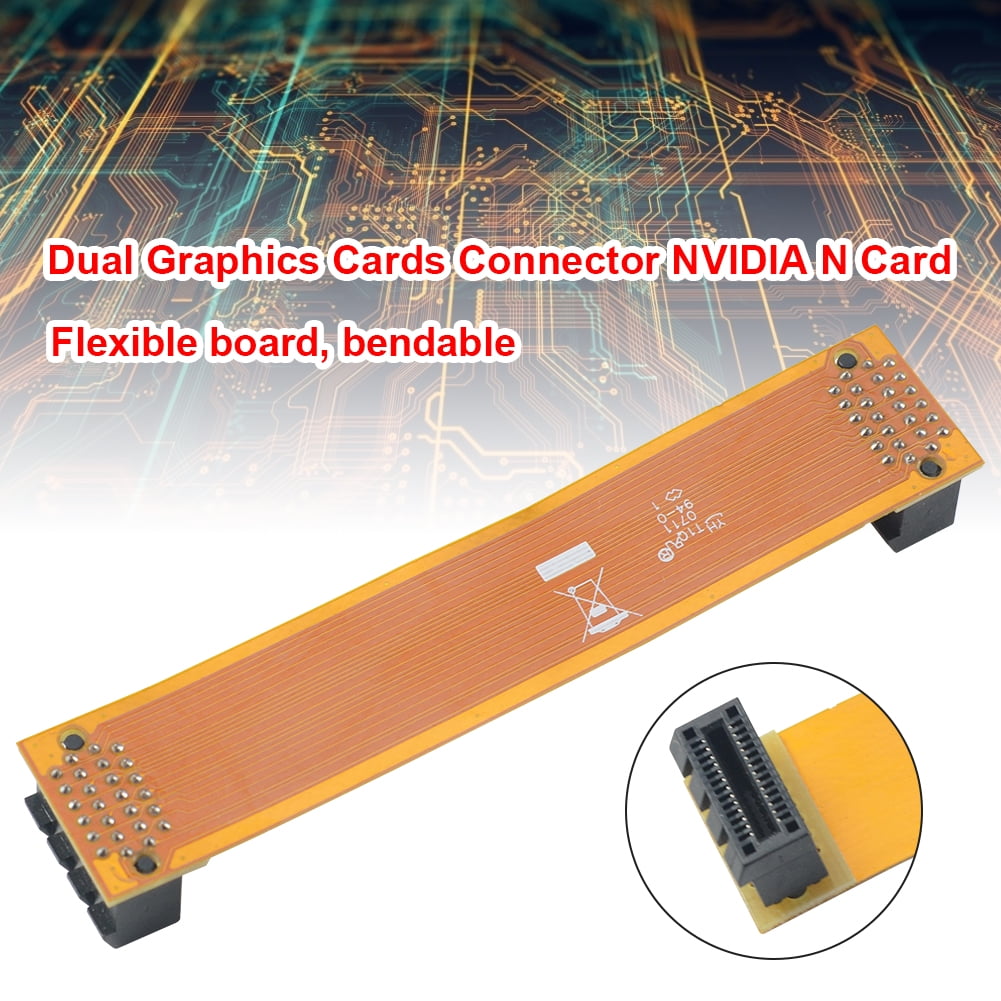

#CROSSFIRE GRAPHICS CARDS FOR 4K VIDEO DRIVERS#
One of the biggest complaints about multi-GPU setups is that support for them – both in games and with drivers – is pretty spotty. The fact that SLI and CrossFire setups are relatively rare has caused a bit of a vicious circle. Modern games are graphically intensive, but most modern GPUs are up to the task (Image credit: CD Projekt Red) A vicious circle For too many PC gamers, these are compromises they’re not willing to make. Running more graphics cards ups the power consumption of your PC (increasing electricity bills) and also produces more heat – leading to a noisier PC. That’s not the only extra cost associated with a multi-GPU setup. It ends up being a very costly way to get a bump in performance.Īs many PC gamers realised, a far more reliable (and affordable) way to get a boost in performance is to buy a single more powerful GPU, rather than two or more less powerful cards. It gets even worse if you add a third or fourth GPU – as the performance increase gets smaller each time. That’s not too shabby – though remember that’s a best-case scenario, and won’t apply to every game – but the fact of the matter is that you’re paying full price for a second GPU, but not getting the resulting boost in performance you’re paying for.

Most best case scenarios offer around a 50% increase. What we mean by this is that by adding a second GPU, you’re not actually doubling the graphical power of your system.

Perhaps the biggest limiting factor was the law of diminishing returns, which multi-GPU systems encounter. While the idea of having more than one graphics card in your gaming PC to boost performance is a sound one – after all, you’ll have more GPUs to share the workload – in reality, it never reached its potential. Are multi-GPU setups a thing of the past? (Image credit: TechRadar) Struggling to reach its potential


 0 kommentar(er)
0 kommentar(er)
